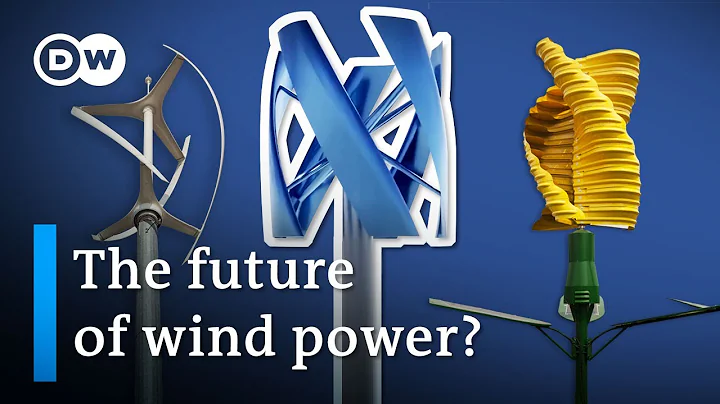Master Cobblestone Generation in Minecraft
Table of Contents
- Introduction
- How to Make a Cobblestone Generator
- Setting Up the Structure
- Placing the Pistons
- Creating the NAND Gate
- Adding the Obsidian Block
- Installing the Pressure Plate
- Building the 5 Clock
- Adding the Water and Lava
- Advantages and Disadvantages of Cobblestone Generators
- Pros
- Cons
- Conclusion
How to Make a Cobblestone Generator
Cobblestone is a valuable resource in Minecraft that is used for various crafting recipes and building purposes. While it can be obtained by mining stone blocks, a more efficient method is to create a cobblestone generator. In this tutorial, I will guide you step by step on how to make a simple and functional cobblestone generator.
Setting Up the Structure
To start with, you will need to set up the structure for the cobblestone generator. Begin by placing three blocks in a diamond shape, with the middle block being shared by both columns. Then, stack up two more blocks on each side, making sure to leave a gap on one side for access.
Next, place a piston facing the gap on each side of the structure. These pistons will be responsible for pushing out the cobblestone blocks.
Placing the Pistons
After setting up the structure, you need to place the pistons in the right position. It is recommended to place a temporary block underneath each piston to ensure accurate placement. The pistons should face towards the gap in the structure and are activated by redstone signals.
Creating the NAND Gate
To control the activation of the pistons, you will need to create a NAND gate using redstone torches and redstone dust. Place three blocks beside each other at the back of the structure, with redstone torches on the top of the first two blocks. Connect the torches with redstone dust in the middle and add another torch at the back of the third block. This NAND gate ensures that both torches need to be turned off for the pistons to activate.
Adding the Obsidian Block
To make the cobblestone harvesting easier, you can place an obsidian block in front of the pistons. This block is harder to break and prevents accidental destruction of the cobblestone. However, keep in mind that you will require a diamond pickaxe to break the obsidian block.
Installing the Pressure Plate
Next, place a pressure plate in front of the pistons. This pressure plate will act as the trigger for the cobblestone generation. Connect the pressure plate to the redstone circuit by placing redstone dust from the pressure plate to the first torch of the NAND gate. When you step on the pressure plate, it will activate the circuit and cause the pistons to push out cobblestone.
Building the 5 Clock
To create a timed pulse for the pistons, you will need to build a 5 clock using repeaters and redstone dust. Place repeaters facing in the same direction in a line, with the fourth repeater having a delay of 4 ticks. Ensure that each repeater is connected with redstone dust. This 5 clock will provide the necessary timing for the pistons to function correctly.
Adding the Water and Lava
The final step is to add water and lava to the cobblestone generator. Place water on one side of the structure and lava on the other side. When the water and lava meet in the middle, they will create cobblestone. Make sure to position the water and lava sources correctly to prevent the creation of obsidian.
Congratulations! You have successfully built a functional cobblestone generator. You can now gather cobblestone blocks by stepping on the pressure plate and collecting them as they are pushed out by the pistons.
Advantages and Disadvantages of Cobblestone Generators
While cobblestone generators can be a valuable tool in Minecraft, they also have their pros and cons.
Pros
- Efficiency: Cobblestone generators allow for the quick and continuous production of cobblestone, saving time and effort compared to mining for it.
- Renewable Resource: With a cobblestone generator, you have a sustainable and infinite source of cobblestone, eliminating the need to search for new stone blocks.
- Automation Potential: Cobblestone generators can be integrated into automated systems, making it easier to gather large quantities of cobblestone for construction projects or resource-intensive tasks.
Cons
- Complex Setup: Building an efficient cobblestone generator requires careful placement of pistons, redstone circuits, and water/lava sources. It may take some time and experimentation to get it right.
- Limited Use: While cobblestone is a useful resource, it may not be as versatile as other materials in certain building projects. This limitation can make cobblestone generators less valuable in specific scenarios.
- Environmental Impact: The creation of cobblestone through water and lava interaction in a generator can alter the landscape and may not be suitable for aesthetically pleasing or immersive gameplay experiences.
Conclusion
Cobblestone generators are a valuable tool for Minecraft players, providing a renewable and efficient source of cobblestone. By following the steps outlined in this tutorial, you can create your own cobblestone generator and streamline your resource gathering process. Remember to experiment and explore different variations to find the setup that suits your needs best. Happy crafting!
 WHY YOU SHOULD CHOOSE SaasVideoReviews
WHY YOU SHOULD CHOOSE SaasVideoReviews







